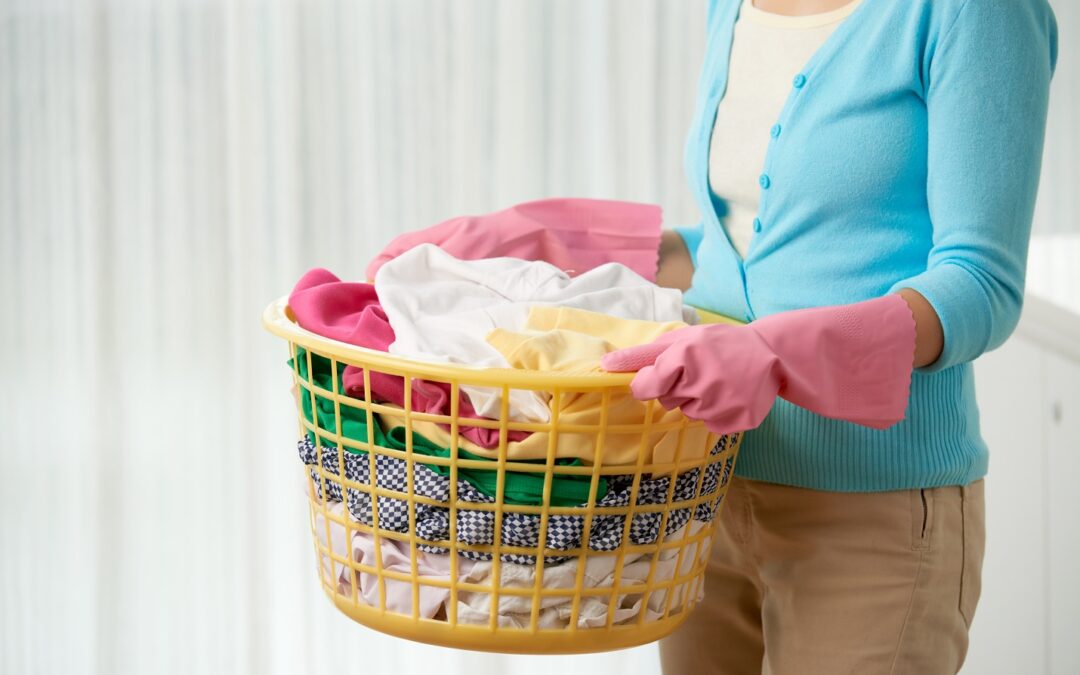Linen, known for its crisp, smooth finish, is a popular spring and summer fabric. Unfortunately, with that crisp finish comes the tendency to wrinkle easily, and manufacturers have responded by producing linen with blends of other fabrics to help make linens more wrinkle resistant. These blends offer two advantages over pure linen-they are able to retain crispness and they are softer and more comfortable to wear. As a general rule, blends are less expensive than pure linen.
Linen blends often require special attention, based on the individual fabrics used in the blend. Be sure to check the care label carefully and care for accordingly. Linen blended with polyester may respond very well to a washing procedure, while linen blended with silk usually requires drycleaning.
One of the problems with linen is the removal of stains. In some cases, the problem is caused by misuse by the consumer, especially in cases where commercial linen, such as tablecloths and napkins, is involved. Many napkins and tablecloths contain a high percentage of polyester, and these fibers attach themselves to oils and greases. If these stains are left on the fabric for some time, before the article is washed, a yellow stain may appear.
In some cases, the linen article can be rejuvenated by sending it to a professional cleaner. Drycleaning solvents and other similar solvents, available only to the cleaner, can be very effective in removing these stains. However, if the stain is left on the fabric for a long time, or subjected to previous washing and drying cycles, the stain may be permanent.

